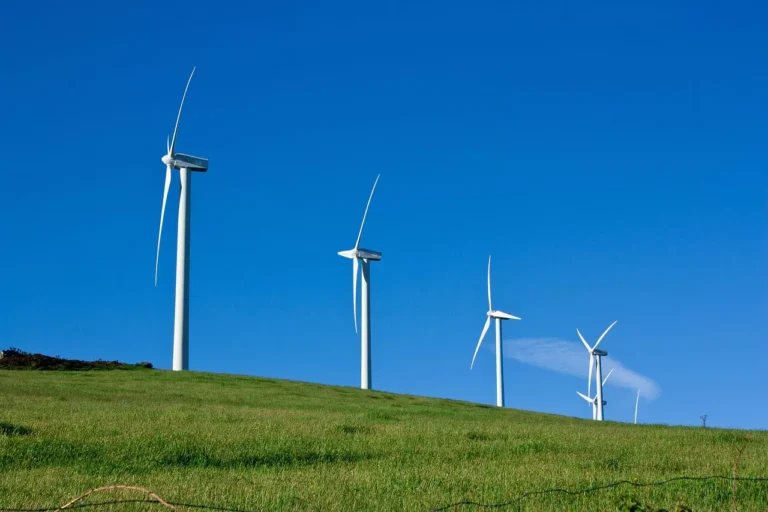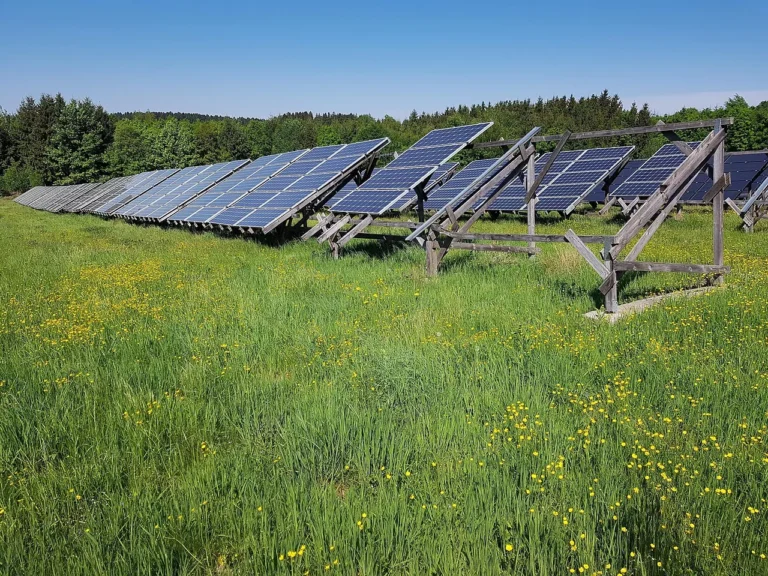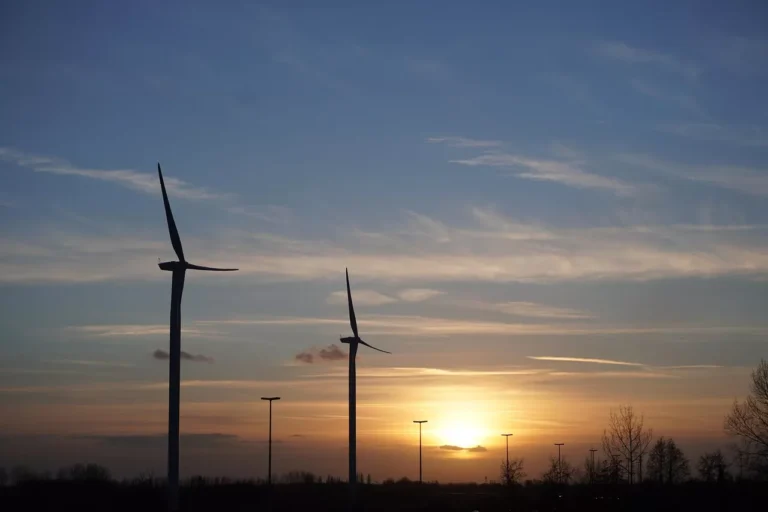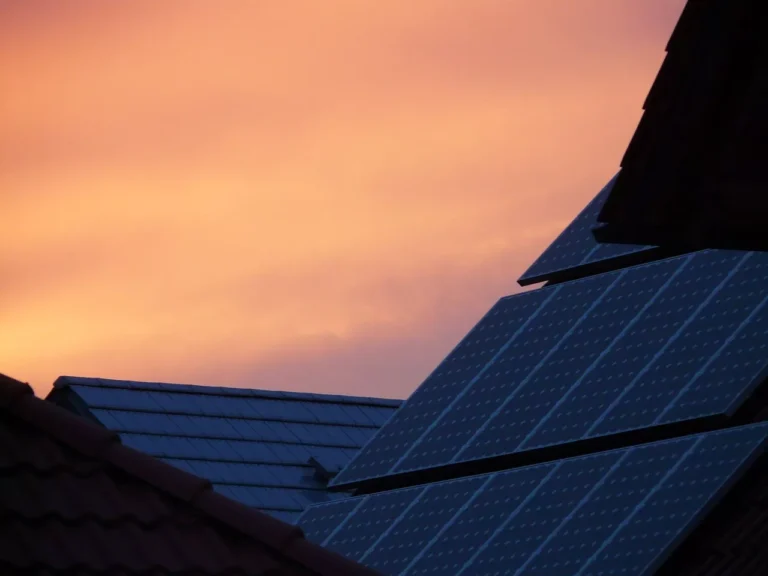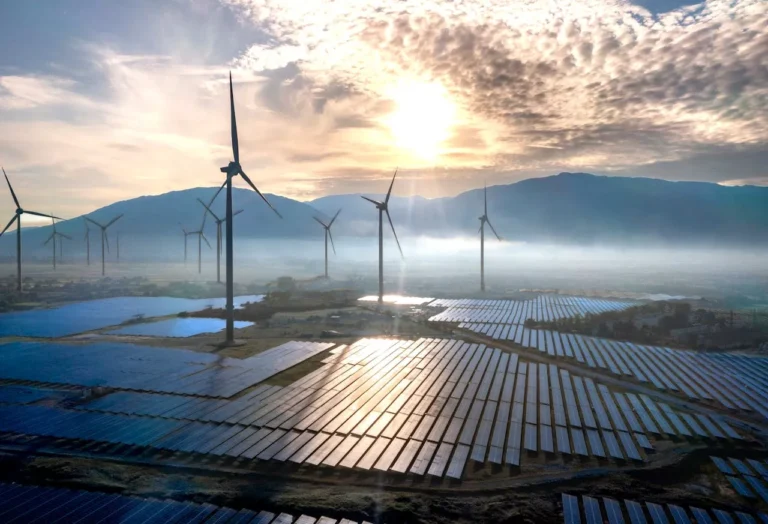
LRE Launches Chaparral Springs BESS, Strengthening California’s Clean Energy Future With 470 MW Across Six Projects
Leeward Renewable Energy, LLC (LRE), a leading U.S. renewable energy company, has officially commenced operations of its Chaparral Springs Battery Energy Storage System (BESS) in Kern County, California. This marks a major milestone not only for the company but for California’s clean energy transition, as the state continues to expand its grid capacity and resilience in the face of rising electricity demand and climate challenges.
The Chaparral Springs BESS, an 88-megawatt (MW) / 352 megawatt-hour (MWh) energy storage facility, has been designed to address California’s need for a more flexible, reliable energy system. Capable of storing excess solar power and delivering it during high-demand hours, the system plays a critical role in balancing supply and demand fluctuations and reducing dependence on fossil fuels. This project is a core component of a broader renewable energy development effort by LRE, which also includes a co-located 174 MW photovoltaic (PV) solar project. Both the battery and solar components were developed, are owned, and are operated by LRE.
Chaparral Springs represents just one part of a rapidly growing clean energy portfolio for the company. With the successful commissioning of this facility, LRE now operates six renewable energy projects across the state of California, providing a total of 470 MW of installed capacity. Collectively, these installations deliver clean electricity to approximately 184,445 households annually, while displacing nearly 198,410 metric tons of carbon dioxide equivalent emissions each year—an impact roughly equivalent to taking more than 43,000 gasoline-powered cars off the road.
A Critical Asset for Grid Reliability and Flexibility
The Chaparral Springs BESS is a four-hour storage system, meaning it can discharge its full capacity over a sustained four-hour period. This characteristic is especially vital in California, where solar energy production often exceeds grid capacity during the daytime and then quickly drops off in the early evening when demand remains high. By storing energy generated during off-peak hours or when solar generation is abundant, Chaparral Springs enables the reliable delivery of carbon-free electricity during periods when the grid needs it most.
The project is structured around two 15-year power purchase agreements (PPAs) with community-based energy providers—Peninsula Clean Energy and Valley Clean Energy. These agreements ensure that the energy stored and dispatched by Chaparral Springs directly supports the clean energy goals of participating municipalities, making the project a model of public-private cooperation in the energy sector.
Industry Leaders Highlight the Significance of the Project
LRE’s executive team emphasizes that Chaparral Springs is not only a technical achievement but also a demonstration of the company’s broader commitment to supporting the clean energy transition.
“We are proud to partner with Peninsula Clean Energy and Valley Clean Energy in bringing the Chaparral Springs BESS online,” said Willem van der Ven, Chief Operating Officer at LRE. “This project underscores our continued commitment to helping meet California’s growing demand for clean, reliable, and affordable energy. Battery energy storage technologies like this are critical to enabling the broader deployment of utility-scale renewables by delivering clean power exactly when it’s needed most. Our investments reflect a recognition of the urgency to build a more resilient, diversified energy infrastructure nationwide.”
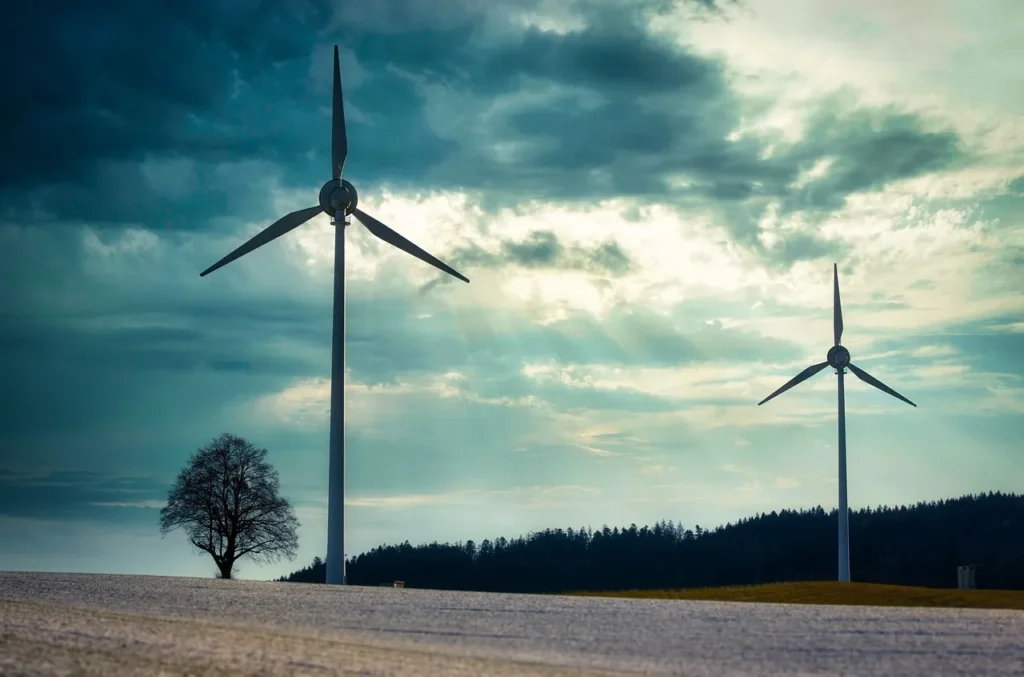
Valley Clean Energy CEO Mitch Sears echoed this sentiment, noting the project’s strategic importance for the local community. “Chaparral Springs BESS helps Valley Clean Energy deliver on its promise to provide clean, affordable, and reliable electricity to the communities we serve,” Sears said. “As energy demand grows for homes and businesses, projects like this are essential for adding carbon-free capacity and improving grid reliability.”
Similarly, Shawn Marshall, CEO of Peninsula Clean Energy, celebrated the addition of Chaparral Springs to the organization’s growing portfolio. “We are excited to have Chaparral Springs come online as one of our first hybrid solar-plus-storage projects,” Marshall stated. “Our customers will benefit from the renewable power it generates, along with the added reliability that comes from the battery storage system.”
Advancing Environmental Stewardship Through Strategic Partnerships
LRE has gone beyond the technical and commercial aspects of the Chaparral Springs project to embed environmental responsibility into its operations. As part of its broader commitment to conservation and sustainability, the company has signed an agreement with the National Audubon Society and Kern Audubon Society to support ecological research and wildlife preservation.
Through this partnership, LRE has pledged $150,000 to support conservation efforts focused on the Swainson’s Hawk, a vulnerable species found in California’s Antelope Valley. The funding will be used for habitat studies, protection strategies, and outreach programs to ensure the long-term viability of the species. This initiative follows a similar commitment made as part of LRE’s Rabbitbrush Solar project and reflects the company’s dedication to promoting biodiversity alongside renewable energy development.
Local Economic and Social Impacts
The Chaparral Springs project also brings considerable economic and social benefits to Kern County and its residents. At the height of its construction, the facility created approximately 100 local jobs, providing employment opportunities and economic stimulus during a period of continued transition for energy communities.
Moreover, the project has contributed significant sales and property tax revenues to the local government, which supports public services, schools, and infrastructure. Beyond taxes, LRE has actively engaged with the community through donations and outreach efforts that strengthen ties and build local support for renewable energy.
Looking forward, Chaparral Springs is expected to play a crucial role in helping to lower energy costs for consumers across the region by providing affordable, dispatchable clean power that reduces reliance on more expensive and polluting peaker plants.
Scaling Up for California’s Energy Transition
The Chaparral Springs BESS is part of a broader trend in California and beyond, as utility-scale battery storage becomes an essential tool for decarbonizing the electric grid. The state has set ambitious goals to reach 100% clean electricity by 2045, and projects like Chaparral Springs are foundational to achieving that vision.
LRE’s expanding presence in California reflects both market opportunity and a mission-driven approach to energy development. With more clean energy projects slated to become operational in the coming months, the company is positioned to continue its momentum, helping California—and the nation—transition toward a more sustainable energy future.
As of today, LRE’s six operating projects in the state include a mix of solar and storage technologies tailored to regional grid needs. The cumulative 470 MW of capacity across these projects not only contributes to emissions reductions but also supports economic resilience, environmental justice, and energy equity throughout the state.





